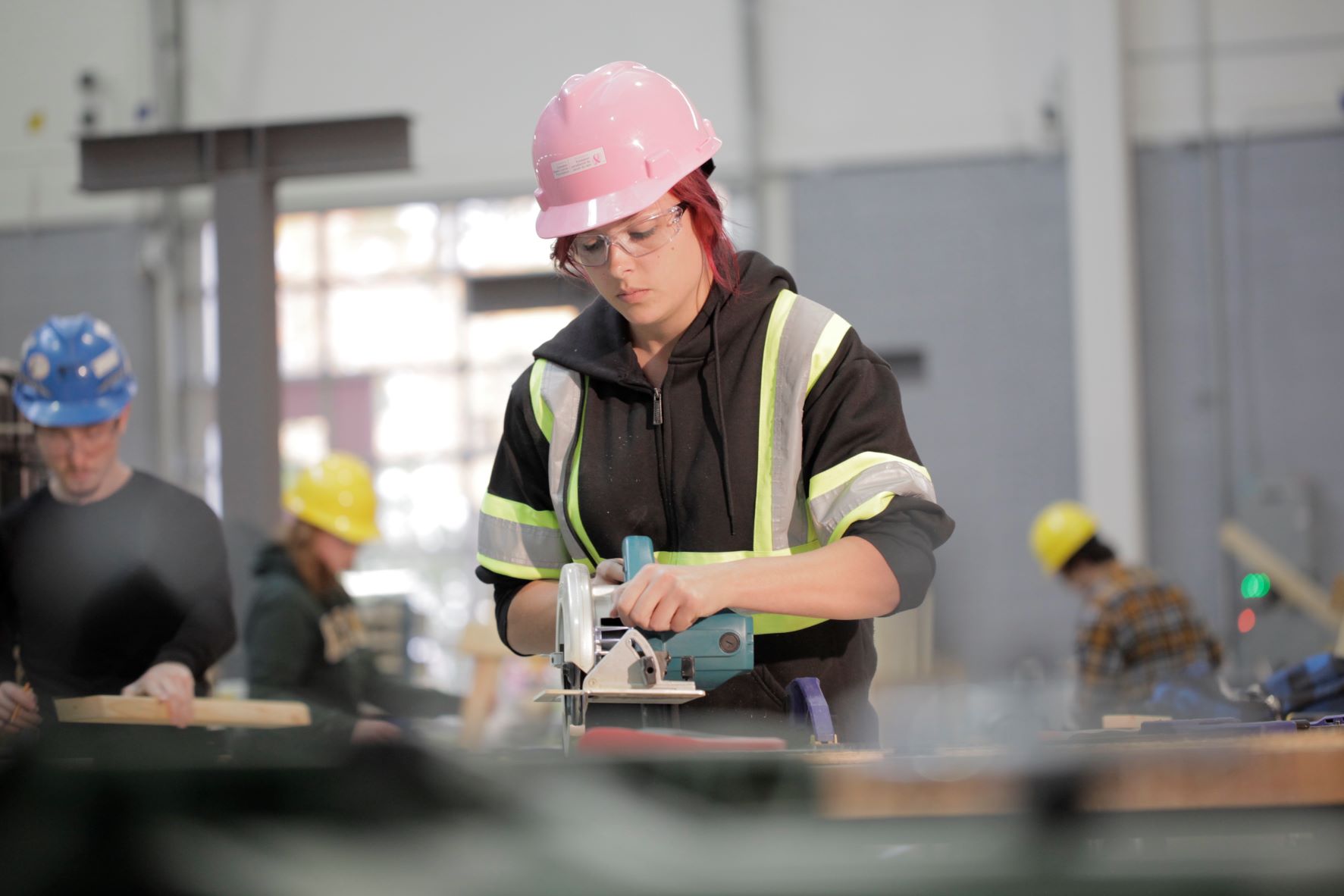Woodworking, an age-old craft deeply rooted in tradition and heritage, continues to evolve with the changing times. As we embrace modernity, there’s a growing trend in the woodworking world to blend traditional techniques with contemporary design principles. This fusion of old and new gives rise to innovative woodworking trends that breathe fresh life into classic carpentry practices. In this blog, we’ll explore how artisans and woodworkers are incorporating modern designs into traditional carpentry, pushing the boundaries of creativity and craftsmanship.
- Embracing Minimalism
In an era characterized by sleek lines and minimalist aesthetics, woodworkers are embracing the principles of minimalism in their designs. Clean, uncluttered forms, devoid of excessive ornamentation, define modern woodworking trends. From simple Scandinavian-inspired furniture to minimalist cabinetry and shelving units, the emphasis is on functionality and understated elegance.
- Exploring Geometric Patterns
Geometric patterns are making a bold statement in modern woodworking, adding visual interest and depth to furniture and decorative pieces. From hexagonal shelving units to diamond-patterned accent walls, geometric motifs infuse a contemporary flair into traditional carpentry projects. Woodworkers experiment with different techniques such as inlay, marquetry, and fretwork to create striking geometric designs that captivate the eye.
- Incorporating Sustainable Materials
As environmental consciousness grows, there’s a shift towards sustainable woodworking practices and the use of eco-friendly materials. Woodworkers are increasingly sourcing reclaimed wood, salvaged timber, and sustainable hardwoods certified by organizations like the Forest Stewardship Council (FSC). By repurposing old furniture, barn wood, and discarded lumber, artisans breathe new life into materials while reducing the environmental impact of their craft.
- Mixing Materials for Contrast
Modern woodworking trends often involve the juxtaposition of wood with other materials such as metal, glass, or concrete. This interplay of textures and finishes creates a dynamic contrast that adds visual intrigue to furniture and architectural elements. Whether it’s a live-edge walnut table with steel legs or a wooden bookshelf with glass shelves, the fusion of materials adds depth and character to the design.
- Embracing Technology
Innovations in technology have revolutionized the woodworking industry, enabling artisans to push the boundaries of creativity and precision. From computer-aided design (CAD) software to computer numerical control (CNC) machines, woodworkers leverage cutting-edge tools and techniques to bring their designs to life with unparalleled accuracy and efficiency. Advanced woodworking machinery allows for intricate detailing, complex joinery, and customized fabrication, blurring the line between craftsmanship and technology.
- Experimenting with Organic Forms
While geometric shapes dominate modern woodworking, there’s also a growing interest in organic forms inspired by nature. From sinuous curves to irregular shapes reminiscent of tree branches and foliage, woodworkers explore the beauty of organic design in their creations. Live-edge furniture, which preserves the natural edge of the wood slab, celebrates the raw beauty of timber while infusing spaces with warmth and character.
- Customization and Personalization
In the age of mass production, there’s a renewed appreciation for bespoke craftsmanship and personalized design. Woodworkers collaborate closely with clients to create custom pieces tailored to their unique preferences and lifestyle. Whether it’s a custom-built kitchen island, a one-of-a-kind dining table, or a handcrafted statement piece, bespoke woodworking offers a level of individuality and authenticity that cannot be replicated by factory-made furniture.
In conclusion, the fusion of modern design principles with traditional carpentry techniques has given rise to a diverse array of innovative woodworking trends. From minimalist aesthetics and geometric patterns to sustainable materials and advanced technology, woodworkers are pushing the boundaries of creativity and craftsmanship in exciting new directions. As we continue to evolve and adapt to changing tastes and trends, one thing remains constant: the timeless beauty and enduring appeal of woodworking as a form of artistic expression.

